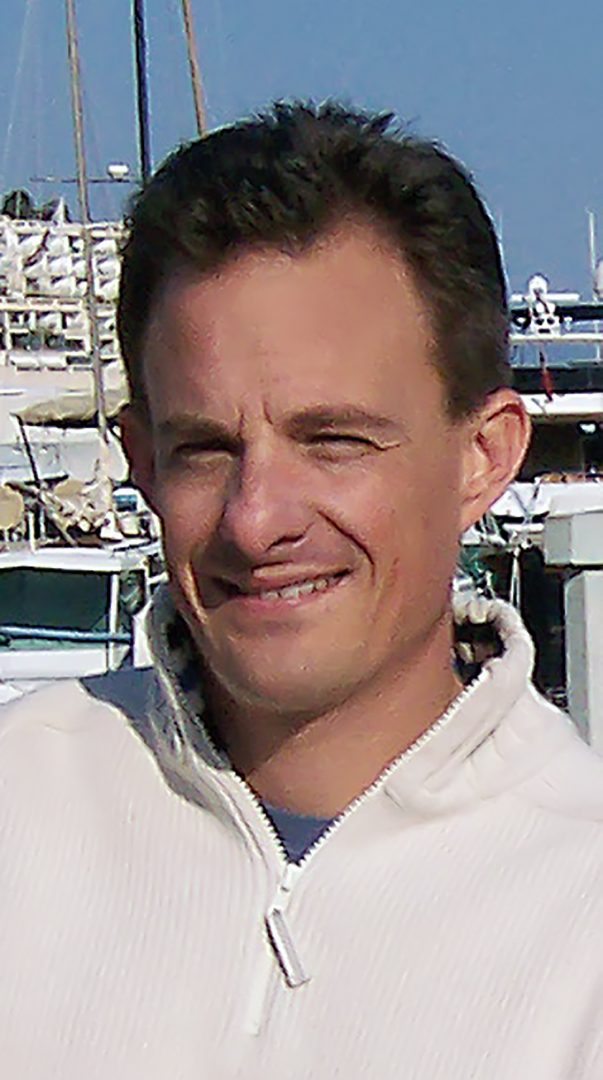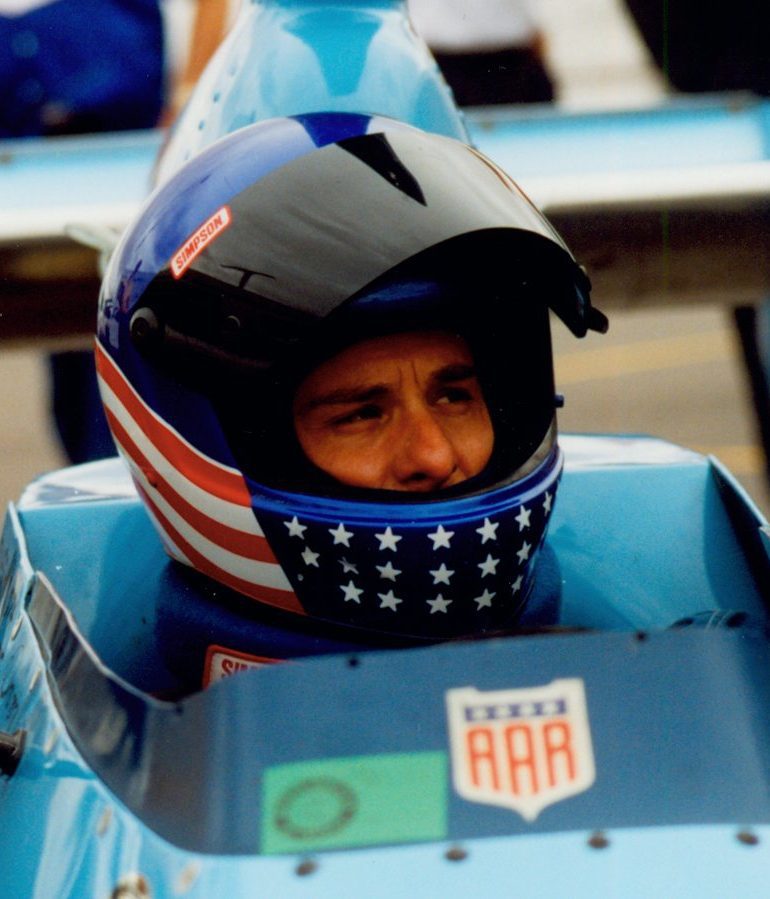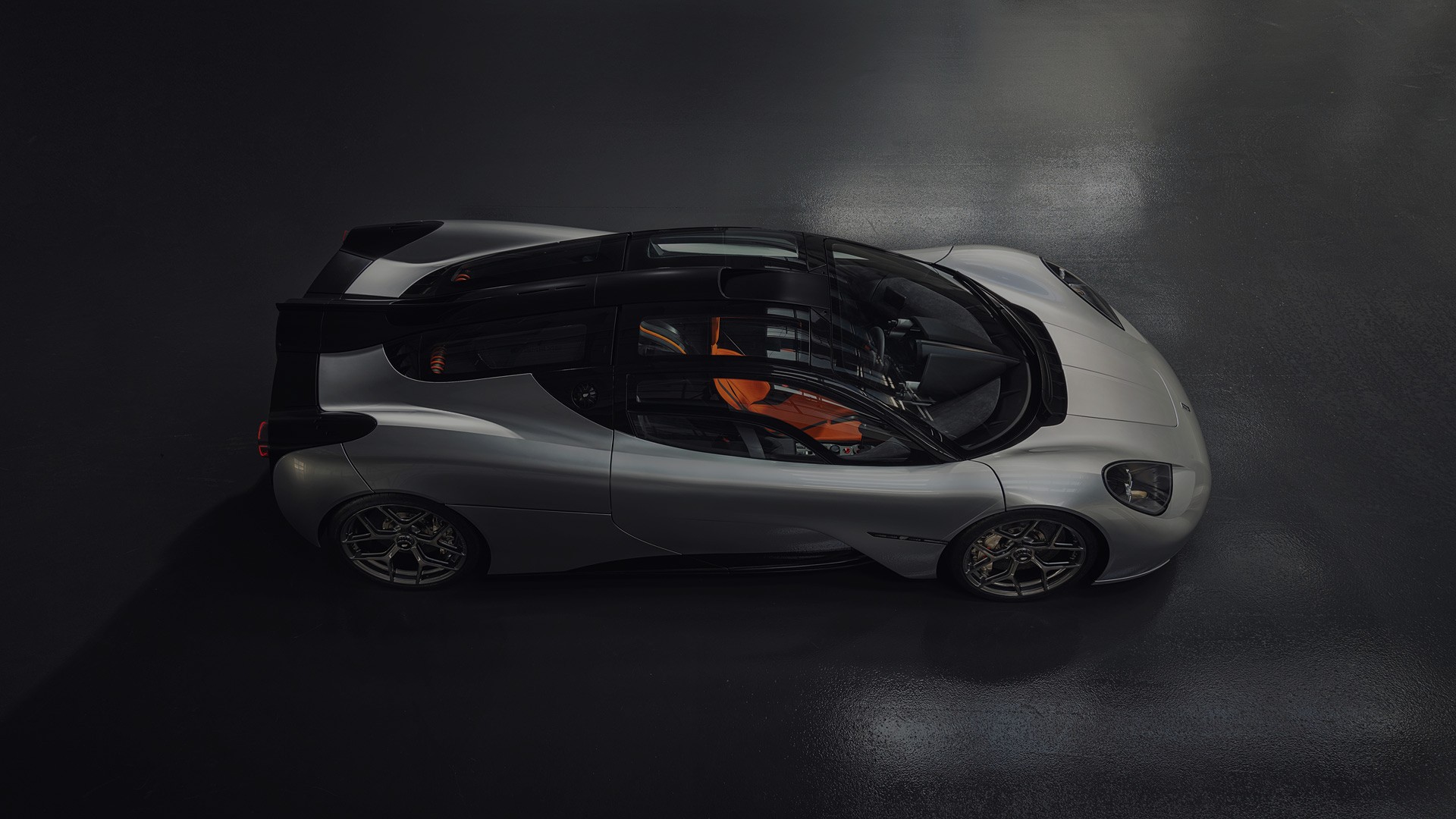Over the past two months, you may have noticed several news pieces in the magazine about the seemingly insane attempt of VR contributor John Nikas to drive an admittedly less than roadworthy Austin Healey 100 from the West Coast (Huntington Beach, CA) to the East Coast (Charleston, SC) and back again, to raise money and awareness for those fighting cancer.
Why make the planned 6,500-mile trek in an almost 60-year-old sports car shot full of rust, suffering from low oil pressure and constant overheating? Nikas (who is battling cancer himself) points out that the car is a perfect metaphor for those who struggle with cancer—despite suffering from rot and neglect it can still achieve great things with persistence and determination. Even with this as the driving principle, I don’t think any of us involved with the effort—nor Nikas himself—anticipated the impact that the drive would have on people, not only across America, but around the world.

Yet, even then, something about the project spoke to all of us and so, over the course of the next eight days, sponsors were sought for spare parts (which would prove prescient), a logo was created, and the car given some mechanical attention that would give it a fighting chance of completing the drive (it had not successfully completed a trip of any length, in many years).
That following Monday, John and the Healey were perched over the Pacific Ocean at the end of the Huntington Beach Pier as a camera crew and photographers documented the start of his ill-advised, but admirable quest. One thing, however, was missing. The previous day we made vinyl graphics that thanked the handful of sponsors, advertised the scope of the drive (coast-to-coast-to-coast) and most importantly, memorialized the names of several dozen friends and relatives lost to the disease. The notion for the names was that they would serve both as a tribute to those lost and a reminder for John of the real purpose behind the drive. But, in the rush to get everything done, John realized that several names had been omitted. In a moment of desperation, infused with inspiration, someone suggested buying a Sharpie across the street and just writing the missing names next to the others on the rear deck lid. This simple, makeshift solution, would prove over the next two weeks to become a touching—and often heart rending—phenomena that took on a life of its own.
That morning on the pier, under an overcast sky, as passersby stopped to enquire what was going on as John added the missing names on to the car; unknown strangers asked if they too could add the names of their lost loved ones. By the time John left to start the journey, accompanied by a police escort, dozens of names had been added, including the names of my paternal grandparents—to the right of the trunk handle.
Since much of the week before departure was consumed with making the car roadworthy, no time existed to spread the word about what John was attempting. It seemed the automotive analog of the classic Zen koan—If a tree falls in the forest, and no one is there to hear it, did it really fall? Completing the drive in anonymity would have satisfied John, but on a whim later that day, I sent out an email announcement about the drive to all our readers who have signed up for news announcements through the sportscardigest.com web site. Talk about striking a nerve.
Over the next 24 hours, John began to receive emails, text messages and friend requests on Facebook from around the world. One reader sent word to the membership of his Jaguar Club, a Healey owner in Australia passed the news to his friends and another reader in France forwarded my email to all his internet contacts. Thanks to all of you, the story spread like a viral wildfire.
On the road, John was plagued by problems: frequent breakdowns (starter, distributor, water pump, axle seals, rear brakes); flying rocks (no windscreen!); hail and rain (no top!); no water to drink (plastic bottles melted in the cockpit heat); the list of woes went on and on. Yet, as he made his way across the country he was amazed by the constant outpouring of love and support. In one instance, a man walked up to the car, surveyed the graphics and opened his wallet. He removed a photograph of his wife explaining that he had always promised to take her to California but had not done so before her succumbing to breast cancer. As his voice broke, he handed John her picture and asked if he would take her to the Pacific Ocean for him. With tears in his eyes, John wedged it carefully into a corner of the dashboard where it stayed for the next 4,000 miles.
With every passing day, Nikas met all walks of people: kids with cancer who wanted to ride in the car; loved ones who wanted to add more names to the now graffiti-esque body; local newspaper reporters and television crews who wanted to share the story. And, of course, every mile driven brought an ever increasing list of mechanical maladies to overcome. Just over 100 miles from the halfway point of Charleston, SC, the driver of the chase vehicle carrying the spare parts decided that the stress of the constant breakdowns, the likely possibility of a terminal mechanical failure and the emotional toll of hearing wrenching stories of loss with every fuel stop were too much to take and that he was going to turn around and head back. Undeterred, John crammed as many spare parts as would fit in the Healey and continued eastward … alone.
Stopping at the Atlantic Ocean long enough to document his arrival with a photograph, Nikas headed back across country driving 14 hours a day as the car began to fall apart. Failing rings contaminated the oil with fuel and pressurized the crankcase to the point that the car was consuming up to 26 quarts of oil per day!
Driving one night through Oklahoma in heavy rain, John pulled into a rest area, turned the engine off and promptly fell asleep, face down on the steering wheel. As dawn broke, John awoke to find that a pillow had been placed under his head and a beach towel gently spread over him to keep him dry. No note, just a random act of kindness.
As the miles accrued, the condition of the car worsened. Oil pressure at speed was down to less than 10 pounds and the engine was now consuming a quart every 50 miles. Driving into the setting sun through the Texas panhandle John felt the engine note change and watched the already minimal oil pressure drop precipitously to near zero. An experienced racer, he shut the engine off and coasted to the next exit and rolled to a stop near an abandoned gas station.
Alone, with no civilization in sight, John pulled out his phone and posted on Facebook that despite his best efforts it looked like the drive would end somewhere near Shamrock, Texas. Within minutes, even as he was trying to determine the extent of the engine damage, John heard from people around the globe who had been following online. A VR reader in Australia offered to get on the next flight to America and help him rebuild the engine—literally begging him not to give up. With dozens upon dozens of offers to help, ultimately it would be VR reader Judy Wrobel who would save the day. Despite living 400 miles away in Santa Fe, New Mexico, she hooked her trailer to the family SUV and crossed the Texas border to haul the stricken car and its exhausted driver to well-known bicycle racer (and noted car restorer) David Porter in Albuquerque, New Mexico. With the car arriving at sunset, Porter rebuilt the bottom end with parts that had been shipped overnight by VR reader David Nock, enabling Nikas to resume his quest that same night at 2:00 a.m.
Running two days behind schedule with the car now covered boot to bonnet with more than a thousand names—I stood on the sidewalk in front of the Russo & Steele auction in Monterey, California at 6:00 p.m. on August 20 when John motored into sight, spewing smoke and still leaking oil. After 13 days, 7,241 miles, an astounding 262 quarts of oil used (!), two engine fires and seven roadside repairs, John’s crazy but awe-inspiring quest was realized. After a congratulatory hug, I told John that it was amazing that he didn’t give up at any one of the dozens of times the car broke down. “There were times I wanted to,” he replied. “But, damn you, every time I’d go to the trunk, I’d see your grandparents’ names and I knew I had to keep going!” Even now, I well up thinking about this.
Remarkably, what started out as a lark, transformed into a movement, with countless people along the way either touched or inspired by the battered car and its cancer-stricken driver. With national media like The Today Show, The Tonight Show and MSNBC eager to share this unlikely success story, John has committed to reach even further next year—driving the same car through all 50 states—collecting and making more friends along the way.
For John and all of us at Vintage Racecar, I would sincerely like to thank all of our readers, from around the world, for all of their support and encouragement. You’ve helped demonstrate that obstacles like cancer need not hold us back from achieving great things.




